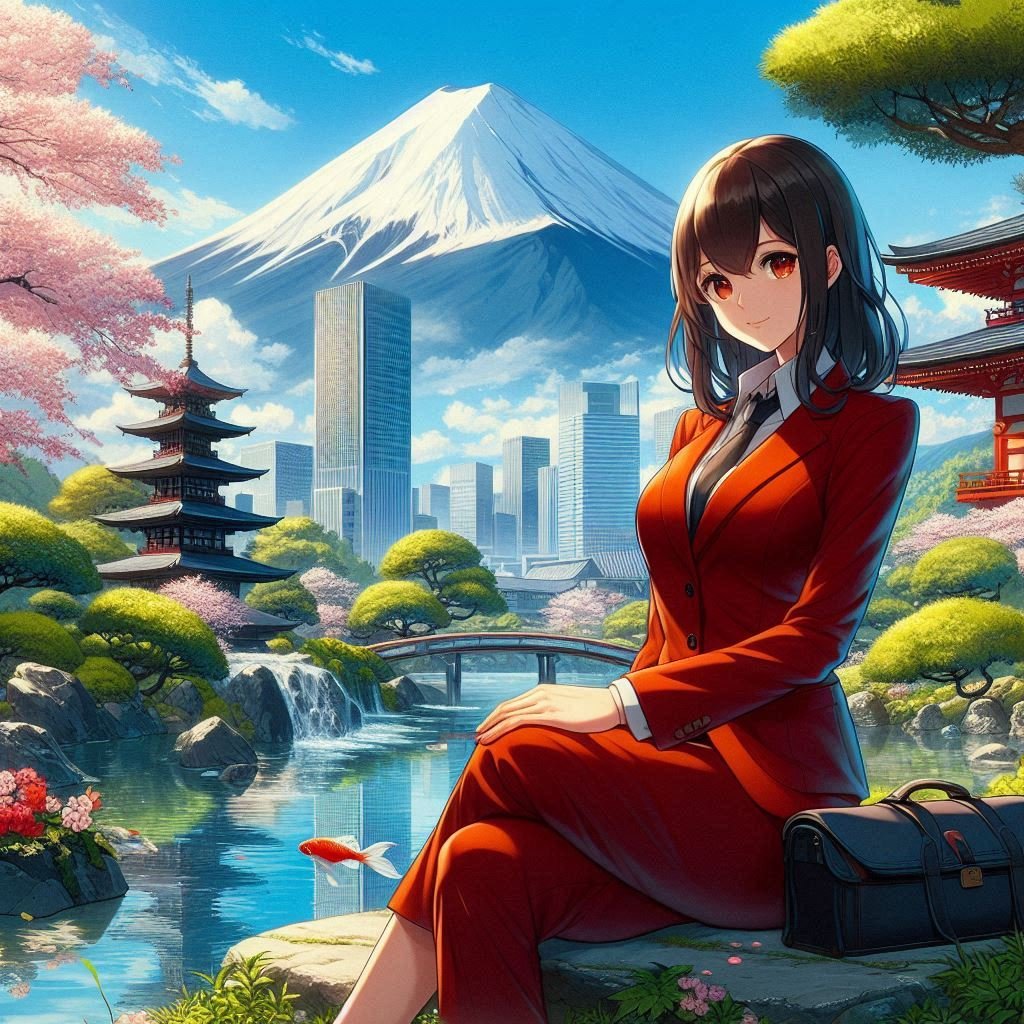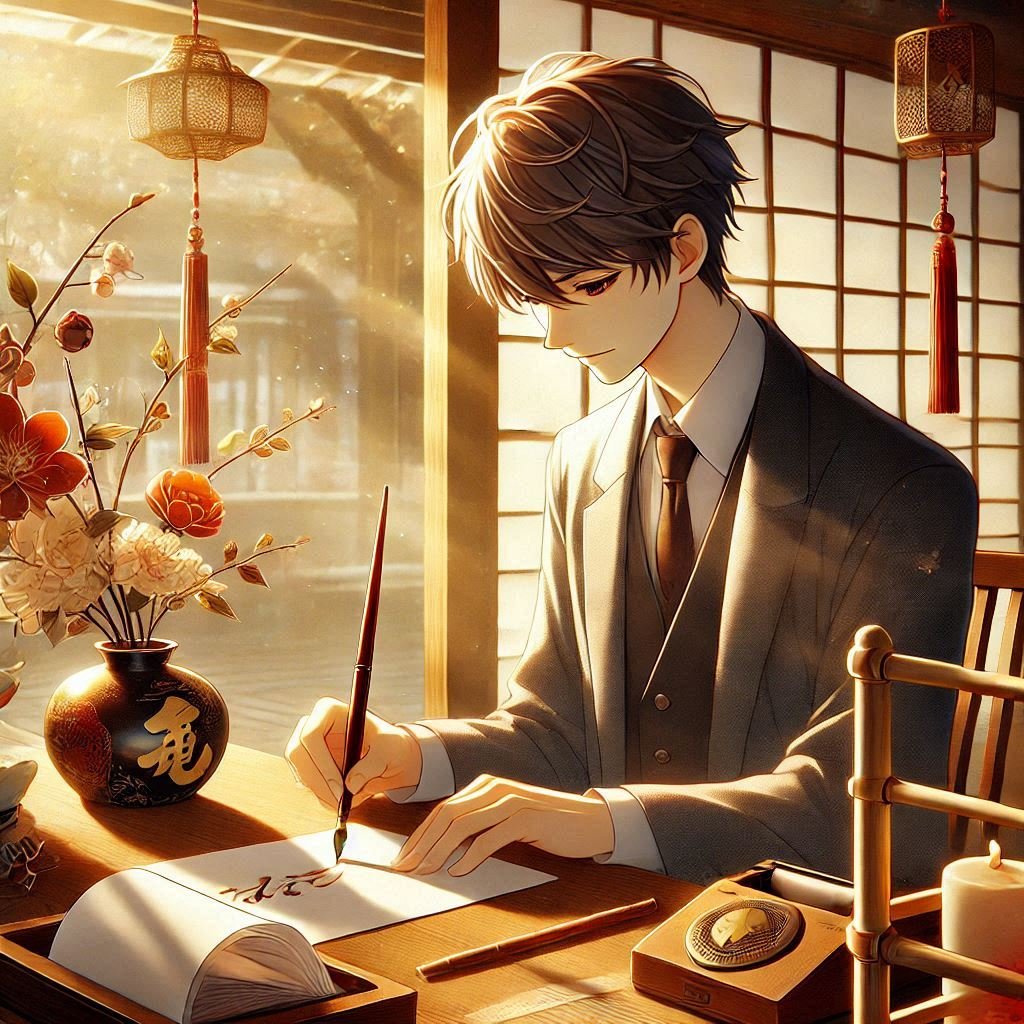Help your Japanese co-workers thrive in an English business environment!
Effective communication is essential for effective collaboration and deep understanding. When working with Japanese colleagues, it's important to consider their unique background in English language education and cultural nuances. Here are some tips to enhance your communication with Japanese colleagues.
Women in Japanese business - changes and continuing challenges!
Today is my 100th post since I started posting regularly last summer, and i'm very happy it coincides with an article about women in business as this is a topic I'm very passionate about. I felt so lucky to be able to join the Stanford Panel Discussion with 3 amazing trailblazers: Masako Furuta, Makiko Kawabe and Yueyuan Yang.
Beware of stereotyping at work!
When working between and comparing cultures, generalizing and sometimes stereotyping comes in handy. However, it's essential to be aware of how stereotypes can impact your interactions and relationships. While stereotypes can sometimes provide a general understanding of a culture, they can also trip you up if you rely on them too heavily.
Should I shake hands or bow when in a Japanese business environment?
In Japanese culture, nonverbal communication is much more nuanced than in the west and holds great importance. We know that bowing is a common form of greeting and showing respect, but did you know that the depth and duration of the bow can convey different levels of respect or hierarchy?
More ways of saying thank you in Japanese!How to use otsukaresama and gokurōsama at work.
In Japanese business culture, expressing appreciation and acknowledgment among colleagues is essential for fostering a harmonious workplace. Two common phrases used to convey this sentiment are otsukaresama (お疲れ様) and gokurōsama (ご苦労様). While they may seem similar, their usage and connotations differ significantly.
明けましておめでとうございます!Happy New Year!
Did you send your nengajō (年賀状 - New Year's cards) already? If not, there's still a bit of time!
The tradition of nengajō (年賀状), or New Year's cards, in Japan dates back to the Edo period (1603-1868). Initially, these cards were used primarily among the nobility and samurai class as a way to send greetings and convey well wishes for the New Year.






